Phonics
Phonics
What is Phonics?
“Phonics is a way of teaching children how to read and write. It helps children hear, identify and use the different sounds that distinguish one word from another in the English Language.”
(National Literacy Trust)
How is Phonics taught at Bengeworth?
At Bengeworth, children in Reception to Year 2 are taught phonics using the DfE approved Twinkl Phonics programme which is a fully comprehensive, synthetic phonics teaching programme. It aims to build children's speaking and listening skills in their own right as well as to prepare children for learning to read by developing their phonic knowledge and skills. Phonics is also taught throughout the school from Reception to Year 5, both as whole class teaching and small intervention groups.
This is the method used to teach children to read by linking phonemes (sounds) and the symbols that represent them (letters and groups of letters, known as graphemes) which are pronounced in isolation and synthesised (blended together).
Anticipated progress and aims
- Teach children how to connect letter symbols with the appropriate sound
- Phonemic awareness
- Increased independence and confidence when reading and sounding out unfamiliar words
- Increased understanding of syllables
- Spelling strategies
- Fun and enjoyable
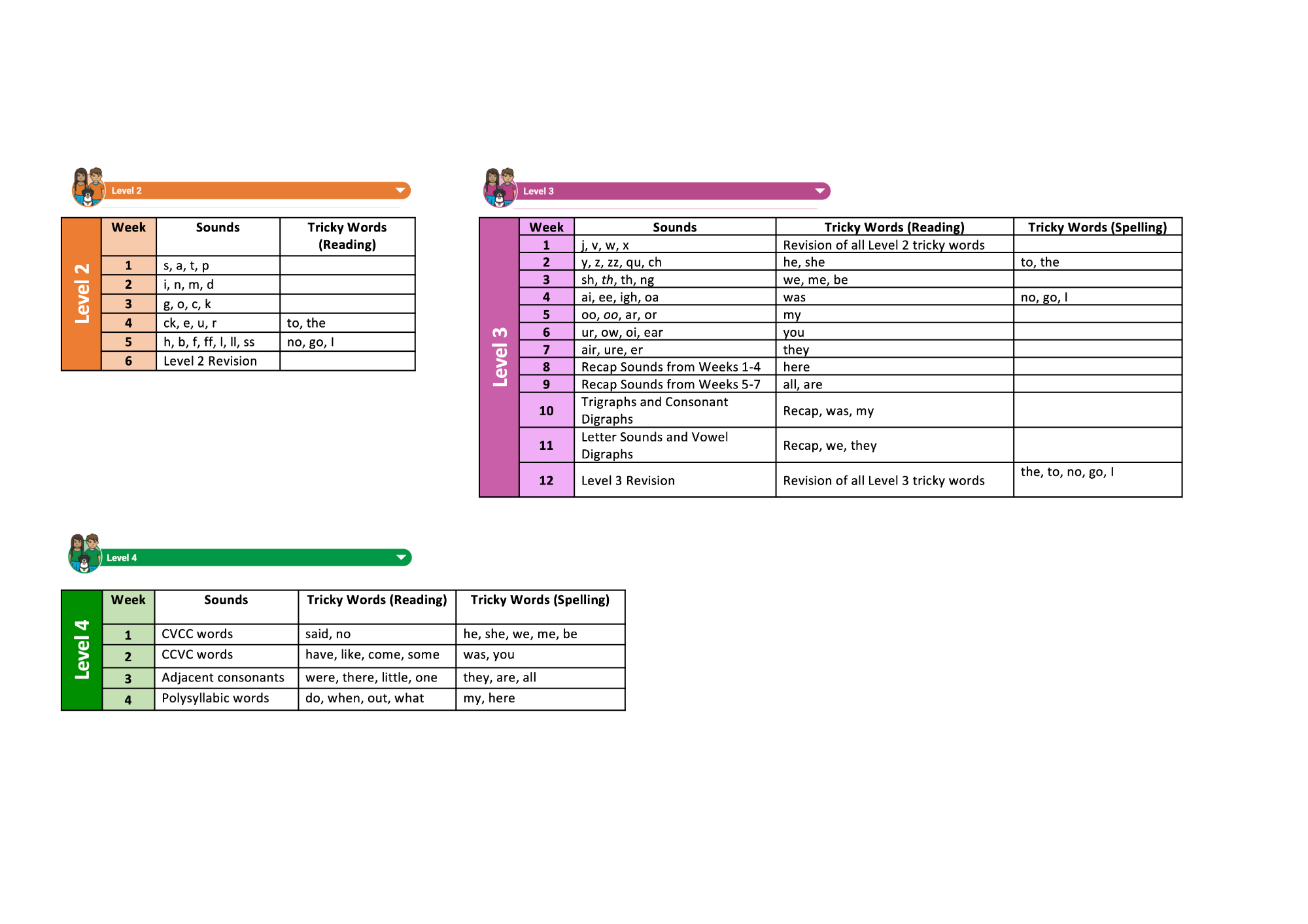
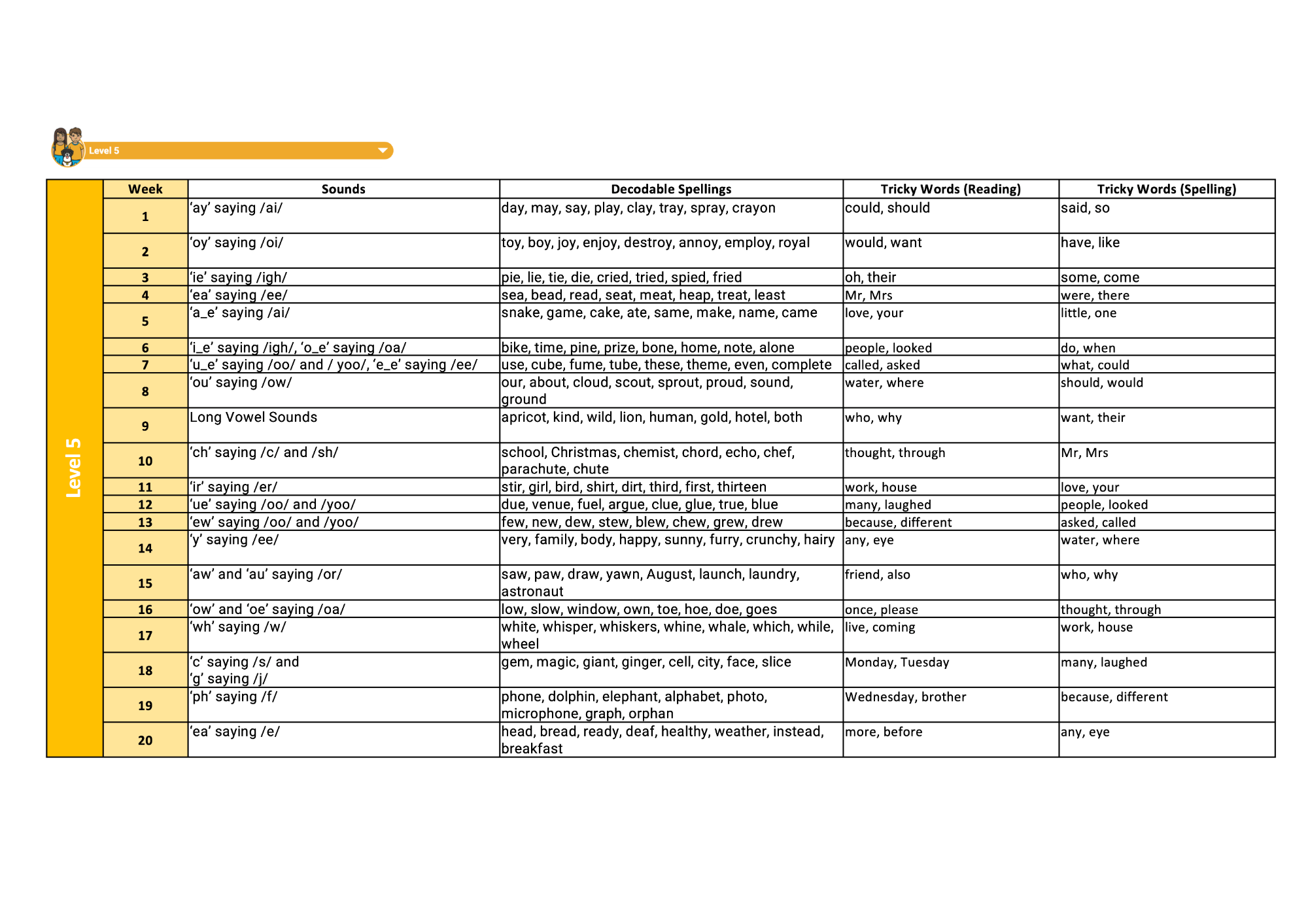
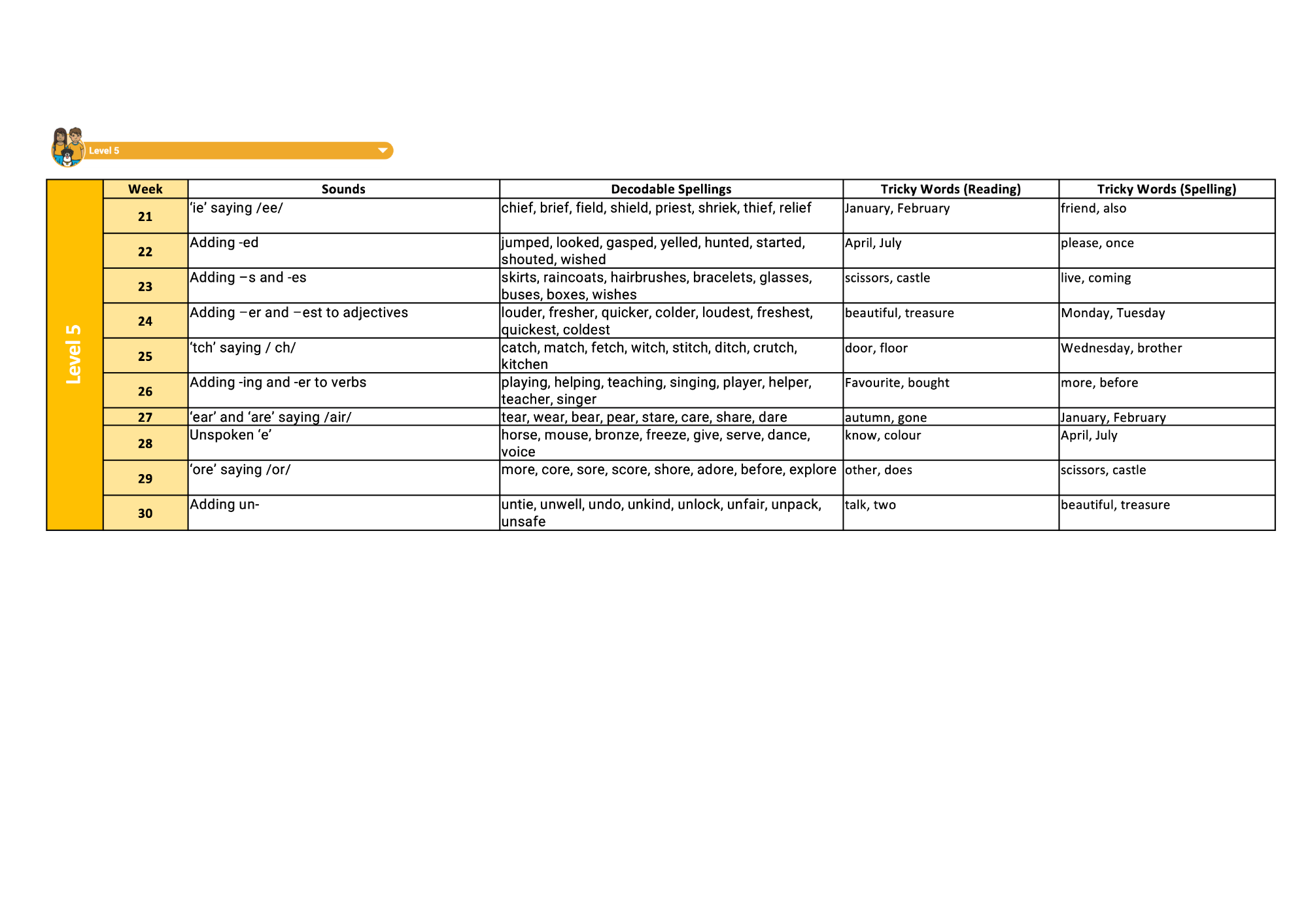
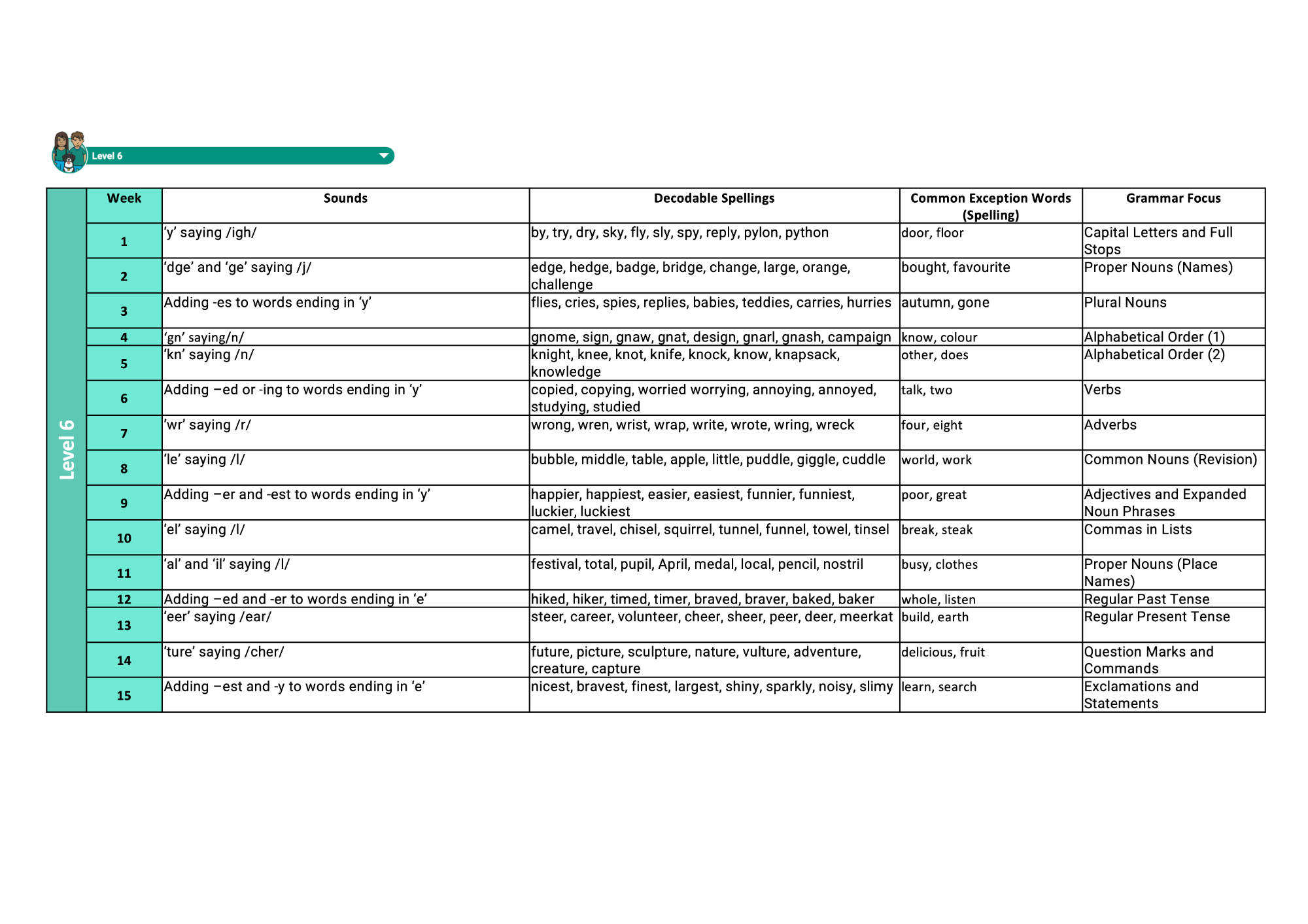
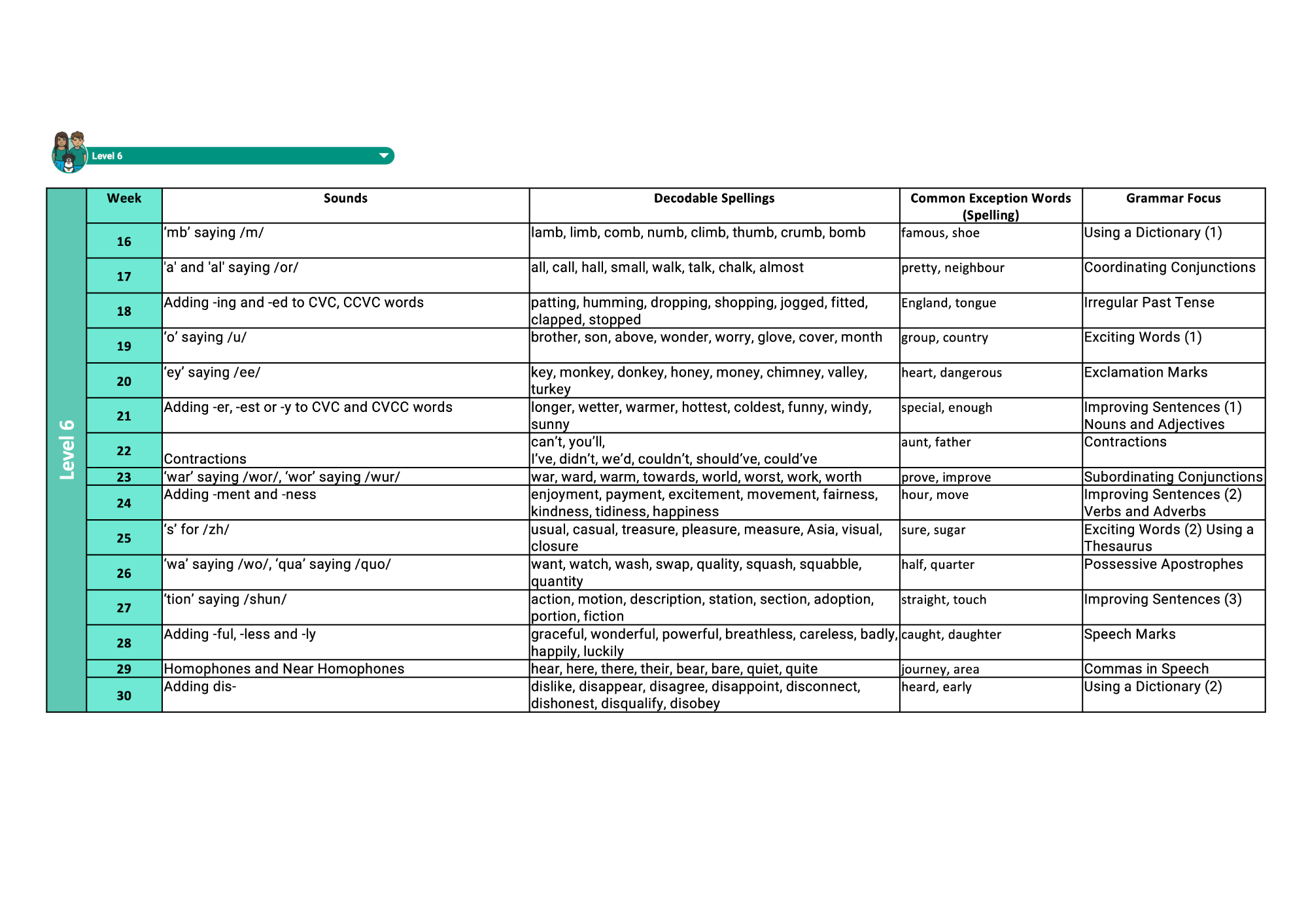
Glossary
Phonics: Using the sounds made by individual letters and groups of letters to read words.
Decoding: Using your phonic knowledge to sound out and read words.
Grapheme: A written letter or group of letters, like ‘s’, ‘a’, ‘she’ or ‘air’. Some graphemes are single letters like ‘a’; others are digraphs like ‘ai’.
Digraph: Two letters that make one sound together, like ‘sh’, ‘ai’, ‘oo’.
Phoneme: The sound a letter or group of letters make – e.g. the word ‘mat’ has three phonemes, ‘m’, ‘a’ and ‘t’. The word ‘through’ is longer, but it also has three phonemes, ‘th’, ‘r’ and the ‘oo’ sound in ‘ough’.
Sounding out: Using your phonic knowledge to help you say each sound within a word, e.g. ‘r-e-d’ or ‘s-au-ce-p-a-n’.
Blending: Running the sounds in the word together to read the whole word, e.g. ‘r-e-d, red’, ‘s-au-ce-p-a-n, saucepan’.
High-frequency words (also known as ‘common exception words’): The very important, very common words that we use a lot, but which aren’t always decodable using phonics. This includes crucial words like ‘the’, ‘one’, ‘where’, etc. Children are taught to recognise these words on sight – a few of these words are introduced and learnt at a time.
